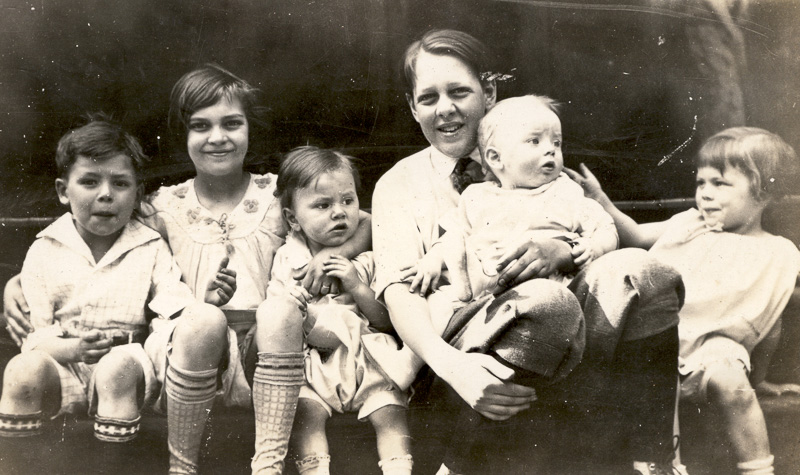
Today I learned about the concept of “replacement children”. I have noticed that several of the families I am researching have multiple children with the same name. When a child dies, the name is sometimes re-used on another child. An example is my 2nd great grandmother, Elizabeth Coles Padden, who was born in 1828. She had a sister, Elizabeth Coles Padden, who was born in 1824 and died in 1826.
I thought that was a bit weird, so I looked into the practice. It turned out it was fairly common, for a combination of two reasons: high infant mortality and the naming of children to honor ancestors or other important people. Nowadays, at least ‘round these parts, we give our children names because we like the names. So names tend to change over time as tastes change. Sure, we name children after parents, grandparents, or other people important to us, but it is much less prevalent than it used to be.
My ancestor, Elizabeth, lived in England in the 1800s. At that time, there were certain naming patterns that were often followed. For example, the first son would be named after the paternal grandfather, the second after the maternal grandfather, the third after the father, etc. Naming daughters followed a similar pattern. If a child died, there was still the desire to honor the person that child was named after, so the name could be reused.
The practice was not unique to England. Some cultures reused names of dead children as a way of dealing with grief. Others had a taboo against speaking the names of the dead, and reusing the name made it ok to speak it again and memorialized the one who had died. Wikipedia has an interesting article about this, with links to additional information.
Today, many people find this idea strange, as I did, but it happened fairly often. Elizabeth the only one of my direct ancestors I am aware of who was a replacement child, but there are several others in my database.